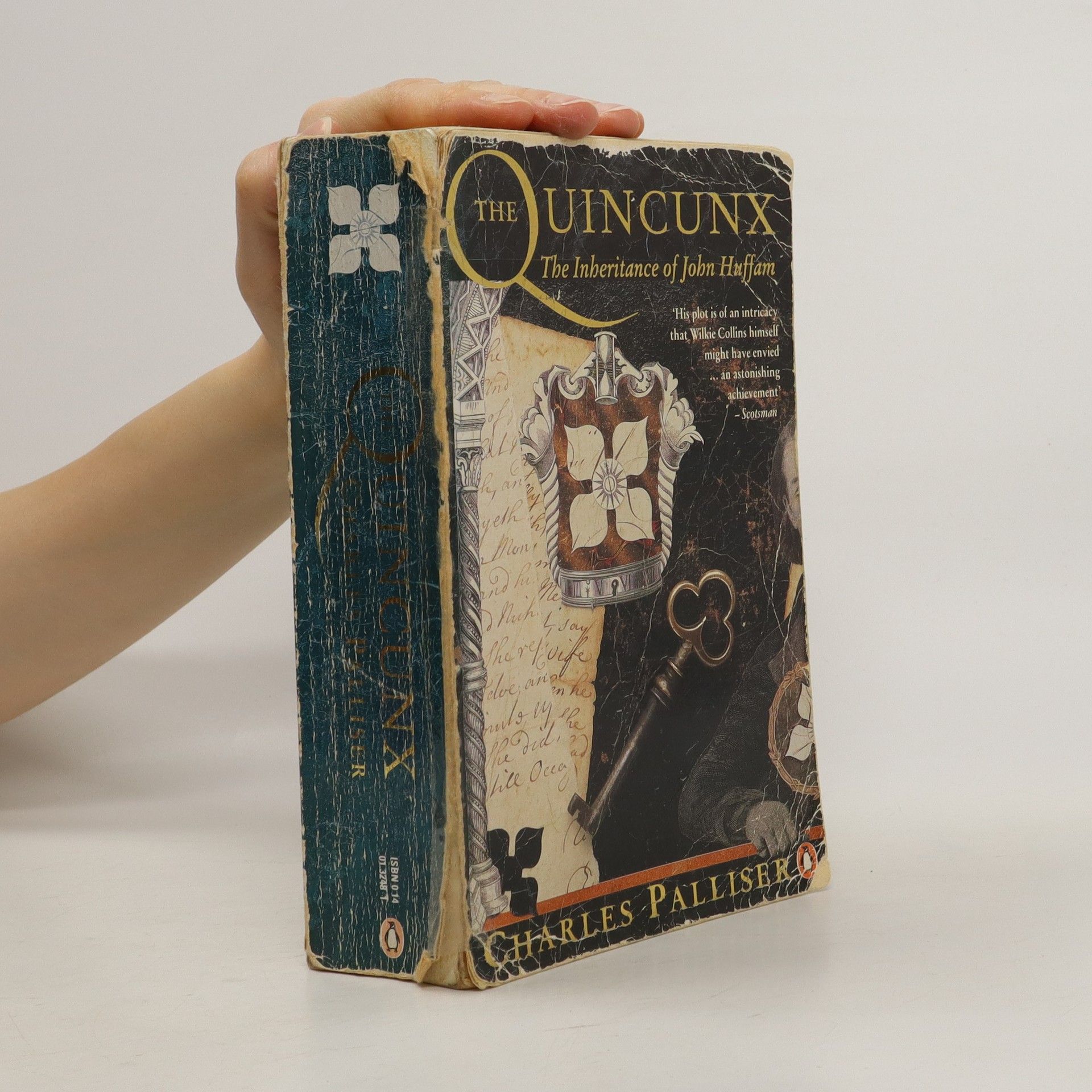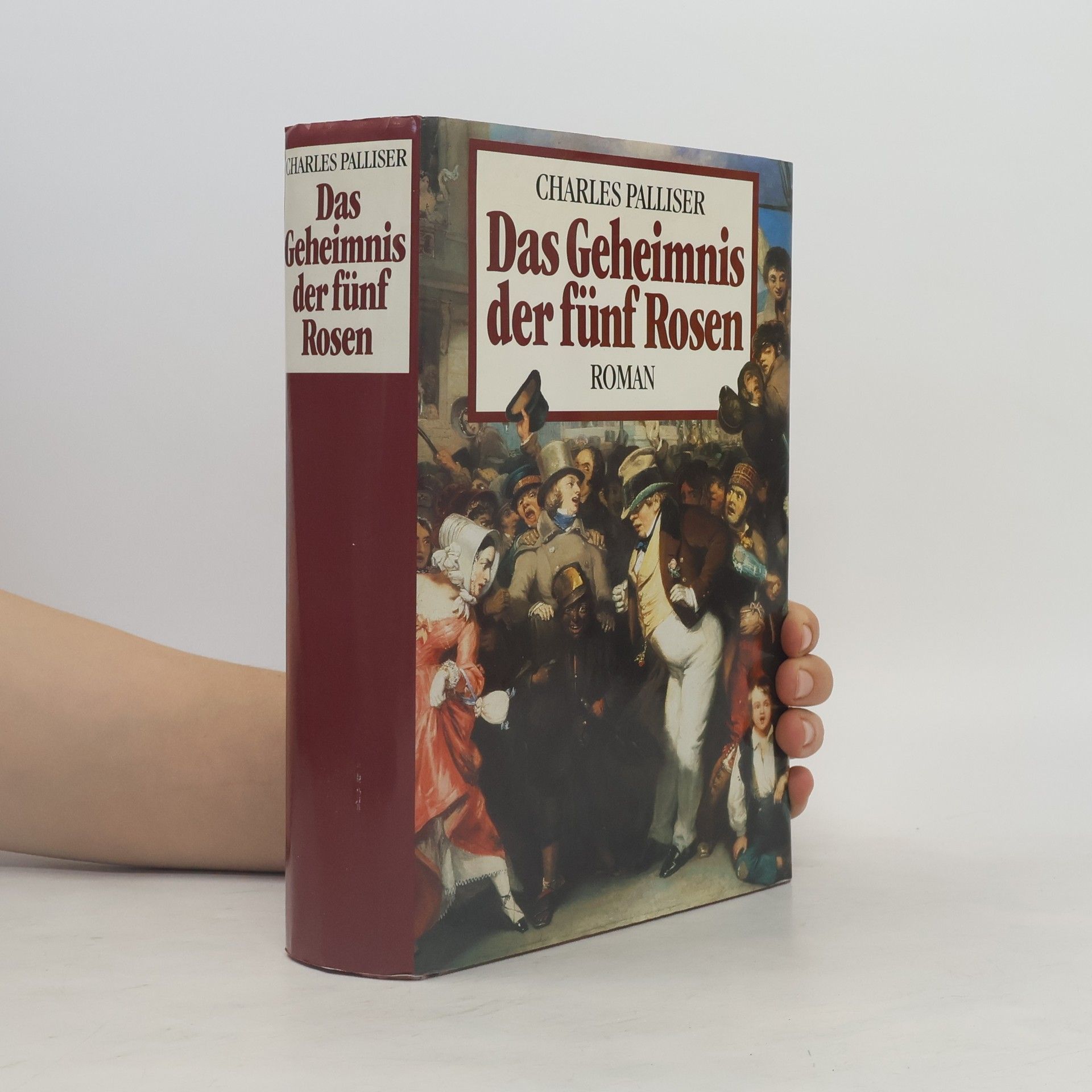An extraordinary modern novel in the Victorian tradition, Charles Palliser has created something extraordinary--a plot within a plot within a plot of family secrets, mysterious clues, low-born birth, high-reaching immorality, and, always, always the fog-enshrouded, enigmatic character of 19th century -- London itself." You read the first page and down you wonderfully fall, into a long, large, wide world of fiction." THE NEW YORK TIMES BOOK REVIEW
Charles Palliser Libri
Charles Palliser è celebrato per il suo uso magistrale di strutture narrative complesse, spesso labirintiche, che immergono il lettore in mondi intricatamente costruiti. Il suo stile è caratterizzato da una profonda esplorazione della psicologia dei personaggi e da un linguaggio preciso che evoca l'atmosfera di epoche passate. Ambientate in scrupolosi contesti storici, le sue storie esaminano temi di identità, memoria e verità nascoste. Le opere di Palliser sono un invito a un viaggio intellettuale ed emotivo che sfida i confini tra realtà e finzione.






Definitive, profusely illustrated history traces development of lace from earliest times to late 19th century. Laces of Italy, Greece, England, France, Flanders, Spain, Scotland, Ireland, many other lands. Scholarly, erudite treatment of reticella, point de France, Valenciennes, Chantilly, point d'Espagne, host of other varieties. Landmark of 19th-century scholarship revised and enlarged in 1901. 266 illustrations.
Blending a hypnotic murder mystery with sharp literary parody, this work showcases a masterful narrative that incorporates elements of soap opera and pastiche. The author skillfully engages in literary gamesmanship, drawing comparisons to the styles of Vladimir Nabokov and John Barth, creating a unique reading experience that challenges and entertains.
The Unburied
- 387pagine
- 14 ore di lettura
Our Review A Historical Murder Mystery of the Highest Order In 1990, Charles Palliser made a spectacular debut with The Quincunx , a huge, densely plotted book that illuminates, in extraordinary detail, virtually every level of English society in the early 19th century. In his fourth novel, The Unburied, Palliser turns to the late Victorian era to give us an equally authoritative reconstruction of the past and a tightly compressed narrative filled with treachery, drama, and interconnected mysteries. The novel opens with a brief preface in which Philip Barthram, editor of the manuscript we're about to read, travels to Geneva for an enigmatic encounter with an old, dying woman. At the end of this encounter -- which makes numerous references to events and people we know nothing about -- the narrative shifts abruptly, taking us into "The Courtine Account," a memoir written by Cambridge historian Edward Courtine. The memoir recounts Courtine's 1881 visit to the cathedral town of Thurchester, site of the mysteries that will gradually dominate the novel. Ostensibly, Courtine has come to Thurchester to visit his former college roommate, Austin Fickling. Courtine and Austin parted bitterly 20 years before and hope to effect a belated reconciliation. Courtine also hopes to unearth a manuscript -- rumored to reside in the Thurchester library -- that will shed new light on his academic specialty, the reign of King Alfred, medieval ruler of Wessex. As he attempts to follow both his personal and professional agendas, Edward finds himself embroiled in a pair of unresolved mysteries. One concerns the 200-year-old murders of William Burgoyne and Launcelot Freeth, whose violent deaths continue to generate controversy and speculation. The other concerns the brutal killing of a local banker, a killing that takes place -- or appears to take place -- just minutes after Courtine and Austin have visited the banker's home. As the novel progresses, the details of the two crimes echo each other with an eerie frequency. With unobtrusive skill, Palliser leads us through a cumulatively fascinating labyrinth composed of fact, rumor, legend, and supposition. Within this labyrinth, objective "truth" proves to be an illusive, perhaps unattainable goal. But Courtine, a historian who believes in the power of the imagination, continues to pursue that goal. In the course of his pursuit, which is never wholly successful, he finds himself forced to reassess the central elements of his life: his embattled relationship with Austin Fickling, the painful failure of his marriage, two decades before, and the unperceived weaknesses of his own character. Admirers of Charles Dickens , Wilkie Collins , John Fowles , and Umberto Eco should take this novel to their hearts. The Unburied is exciting, audacious, mysterious, moving, and intellectually challenging, all at once. Like The Quincunx, it speaks clearly and directly to the modern sensibility and leaves a lingering aftertaste behind. --Bill Sheehan Bill Sheehan reviews horror, suspense, and science fiction for Cemetery Dance, The New York Review of Science Fiction, and other publications. His book-length critical study of the fiction of Peter Straub , At the Foot of the Story Tree , has recently been published by Subterranean Press ( www.subterraneanpress.com ).
Rustication
- 336pagine
- 12 ore di lettura
One of Publishers Weekly's Best Books of the Year. "A literary Dr. Frankenstein, [Palliser] has stitched together parts of Jane Austen and Edgar Allan Poe. The result is deliciously wicked." —Ron Charles, Washington Post Charles Palliser's work has been hailed as "so compulsively absorbing that reality disappears" (New York Times). Since his extraordinary debut, The Quincunx, his works have sold over one million copies worldwide. With his novel, Rustication, he returns to the town of Thurchester, which he evoked so hauntingly in The Unburied. It is winter 1863, and Richard Shenstone, aged seventeen, has been sent down—"rusticated"—from Cambridge under a cloud of suspicion. Addicted to opium and tormented by sexual desire, he finds temporary refuge in a dilapidated old mansion on the southern English coast inhabited by his newly impoverished mother and his sister, Effie. Soon, graphic and threatening letters begin to circulate among his neighbors, and Richard finds himself the leading suspect in a series of crimes and misdemeanors ranging from vivisection to murder. Atmospheric, lurid, and brilliantly executed, Rustication is sure to spin readers into its "spider's web of intrigue and violence" (Jane Jakeman, The Independent).
From the author of the international bestsellerThe Quincunx When his nation is invaded and occupied by a brutal enemy, a man persuades his wife that they should give temporary shelter to a young girl who is at school with their daughter. He has no idea that the girl belongs to a community against whom the invader intends to commit genocide. Days stretch into weeks and then months while the enemy's pitiless hatred of the girl's community puts all of the family in danger. Nobody outside the family can be trusted with the dangerous secret and the threat from outside creates internal conflicts that put the family's unity at risk.
